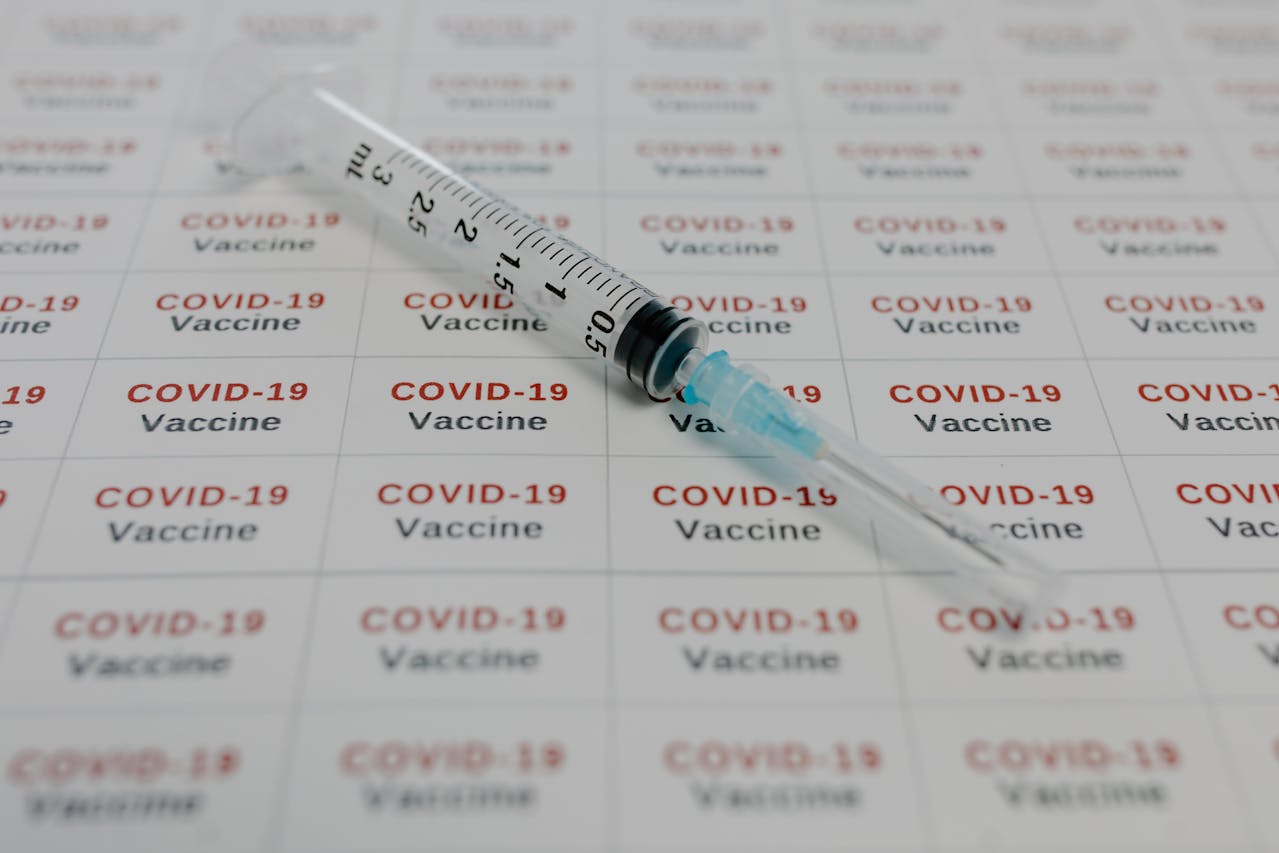How Johnson & Johnson Built a Century-Long Healthcare and Consumer Empire
When most people hear the name “Johnson & Johnson,” they think of Band-Aids, baby powder, or maybe Tylenol. But beneath the surface lies one of the most powerful, enduring, and diversified conglomerates in global healthcare. Founded in 1886, Johnson & Johnson (J&J) has evolved from a small surgical dressing startup into a $400+ billion multinational spanning pharmaceuticals, medical devices, and consumer health products. In 2025, the company remains a titan—though in the midst of one of its most significant restructurings in decades.
Origins: The Birth of Modern Sterile Surgery
The Johnson brothers—Robert, James, and Edward—founded the company in New Brunswick, New Jersey, with a mission to commercialize sterile surgical dressings. At a time when Lister’s antiseptic principles were still gaining traction, J&J standardized mass production of sterilized medical supplies. Their innovation was less about scientific breakthroughs and more about disciplined industrial application of hygiene—a combination that helped them become indispensable to American hospitals by the early 20th century.
Diversification Begins: Consumer Health Takes Off
By the 1920s, J&J was no longer just a hospital supplier. The company launched products that would soon become household staples: Johnson’s Baby Powder in 1894, followed by Band-Aid in 1920. With clever advertising and brand loyalty, J&J made hygiene not just medical—but personal. It also started to expand overseas, establishing operations in Canada, the UK, and eventually Latin America by the 1930s.
Table: Key Milestones in Johnson & Johnson’s Expansion
| Year | Milestone |
|---|---|
| 1886 | Founded in New Brunswick, NJ |
| 1920 | Launch of Band-Aid |
| 1959 | Acquired McNeil Labs (Tylenol maker) |
| 1980s | Massive global expansion across Europe/Asia |
| 2006 | Bought Pfizer’s consumer healthcare unit |
| 2023 | Spun off consumer health as Kenvue |
Pharma & Medical Devices: The Profit Powerhouses
What truly catapulted J&J into the Fortune 500 stratosphere wasn’t just Band-Aids or baby shampoo—it was pharmaceuticals. With the acquisition of McNeil Laboratories in 1959, J&J inherited Tylenol, which would become one of the most trusted over-the-counter medications globally.
The pharmaceutical division—now under Janssen Pharmaceuticals—has delivered major blockbusters, from Remicade (immunology) to Darzalex (oncology). Meanwhile, the medical device division grew aggressively through acquisitions, including DePuy Synthes (orthopedics) and Biosense Webster (cardiology).
As of 2025, more than 70% of J&J’s operating profit comes from pharma and medtech. The consumer unit—though high-profile—is comparatively modest in financial impact.
Kenvue Spin-Off: A Strategic Realignment
In 2023, Johnson & Johnson made a bold move: it spun off its consumer health division into a new publicly traded company called Kenvue. This included brands like Neutrogena, Listerine, and Tylenol. The rationale? Decouple the slower-growing, litigation-prone consumer segment from the high-margin pharma and medical devices businesses.
Post-spin-off, Johnson & Johnson became a sharper, more focused healthcare company—though not without challenges. Lawsuits tied to talcum powder and opioid marketing continue to cast long shadows.
Financial Performance Snapshot (2025)
| Business Segment | Revenue (2025E) | % of Total Revenue |
|---|---|---|
| Pharmaceuticals | $59.8B | 55% |
| Medical Devices | $33.1B | 30% |
| Consumer Health (pre-Kenvue) | $15.5B | 15% |
Source: Johnson & Johnson Q2 2025 Earnings Call, Bloomberg Terminal Data
Innovation and R&D: The Long-Term Engine
J&J’s commitment to research has always been aggressive. In 2025 alone, the company is projected to spend $15.2 billion on R&D, focusing on immunology, oncology, and cardiovascular breakthroughs. It has also ramped up AI partnerships to drive drug discovery, following its 2024 collaboration with Nvidia for computational biology.
The company also remains a major player in surgical robotics, where it competes with Medtronic and Intuitive Surgical. Its Ottava surgical robot, though delayed, is expected to enter market trials in 2026.
Public Scrutiny and Ethical Questions
J&J has not been without controversy. From the talc cancer lawsuits to opioid settlements exceeding $5 billion, its ethical record is mixed. Critics point to a pattern of delayed accountability, while defenders argue it reflects the complexity of operating at scale in life sciences.
In 2025, J&J continues to invest in compliance and public trust measures. It ranks among the top 10 in Fortune’s “World’s Most Admired Companies”, yet remains under tight regulatory watch in both the U.S. and EU.
FAQ: Johnson & Johnson in 2025
Q1: What is Johnson & Johnson’s primary business in 2025?
A: Post-Kenvue spin-off, its core businesses are pharmaceuticals and medical devices, which generate over 85% of its revenue.
Q2: Is Johnson & Johnson still facing lawsuits?
A: Yes. As of mid-2025, it is still involved in ongoing legal battles related to talcum powder and opioid marketing.
Q3: What happened to Tylenol and Neutrogena?
A: These are now part of Kenvue, a separate company spun off in 2023 but still using J&J-developed IP and distribution channels.
Q4: How does J&J compare to Pfizer or Roche?
A: J&J has a broader base. Unlike pure pharma firms, it also operates a massive surgical and device business, making it more diversified.
You Might Also Like
- How Samsung Electronics Rose from Home Appliances to Global Tech Leader
- ExxonMobil’s Evolution: How It Leads in the Energy Transition
- JPMorgan Chase History: How a 200-Year Wall Street Empire Was Built
If you found this article insightful, consider sharing it or leaving a comment with your take on Johnson & Johnson’s evolving legacy.



